The glittering storefronts of Shanghai's Nanjing Road and Beijing's Wangfujing once symbolized unstoppable momentum for European luxury houses. Yet behind the polished displays, a quiet recalibration is underway as storied Maisons confront China's uneven consumption revival. Recent earnings calls and analyst briefings reveal a striking shift in sentiment among LVMH, Kering, and Richemont executives – the much-anticipated "great reopening boom" has given way to a more measured assessment of China's luxury demand trajectory.
Bernard Arnault's typically bullish tone softened during LVMH's July earnings conference when addressing Greater China's performance. "We're seeing encouraging signs, particularly in high jewelry and exclusive leather goods, but the recovery pace differs markedly across cities and consumer segments," the LVMH chairman noted. This nuanced commentary contrasts sharply with January's predictions of a "V-shaped rebound" following the abandonment of zero-COVID policies.
Industry insiders point to a perfect storm of factors dampening the recovery. The property market slump has eroded the "wealth effect" for upper-middle-class consumers who traditionally viewed luxury purchases as markers of success. Meanwhile, younger shoppers are redirecting discretionary spending toward domestic brands and experiential consumption. "The psychological shift among Chinese millennials is very real," observed a Bain consultant who recently returned from Guangzhou. "They'll queue for a hotpot restaurant but think twice about logo-mania luxury."
Geographic disparities further complicate the picture. While flagship stores in first-tier cities report steady traffic, regional hubs like Chengdu and Hangzhou show surprising softness. Kering's earnings report highlighted a 14% same-store sales decline in secondary cities during Q2, prompting CFO Jean-Marc Duplaix to acknowledge "overestimated pent-up demand projections" for these markets.
The timing couldn't be more delicate for European groups. Many had accelerated China expansion plans during the pandemic, with Cartier and Prada opening massive flagship stores in anticipation of roaring demand. Now, whispers of postponed boutique openings and scaled-back local hiring suggest a strategic pause. "We're being very selective about new retail investments," confirmed a Richemont executive speaking on background. "The focus is maximizing existing assets rather than chasing square footage."
Marketing strategies are undergoing quiet transformation as well. The lavish celebrity-studded galas that defined pre-pandemic China strategies have given way to more targeted approaches. Brands are doubling down on private client relationships and exclusive atelier experiences rather than mass campaigns. "It's about depth over breadth now," explained the APAC marketing head of a major French house. "We're seeing better ROI from intimate events with 20 ultra-HNWIs than splashy shows."
Digital channels tell an equally complex story. While online penetration remains strong, conversion rates for high-ticket items have dipped. Livestreaming – once hailed as the future of luxury e-commerce – is proving less effective for European brands than for domestic labels. "Chinese consumers still want the theater of physical boutiques for major purchases," noted the CEO of a Shanghai-based digital consultancy. "Screen fatigue is real after three years of lockdown shopping."
Perhaps most concerning for European executives is the changing competitive landscape. Homegrown brands like Shang Xia and Uma Wang are gaining traction with culturally resonant narratives, while emerging wealth prefers discreet customization over logo display. "The 'quiet luxury' trend isn't just Western media hype – we're seeing concrete evidence in purchase patterns," revealed a Morgan Stanley analyst tracking luxury goods.
Supply chain adjustments reflect this new reality. Several brands have slowed shipments to China for fall collections, opting to maintain tighter inventory control. The practice of flooding the market with entry-level products to attract first-time buyers appears to be winding down. "The era of accessible luxury is over in China," declared a former L'Oréal Luxe executive. "Brands are rebalancing toward higher price points and exclusivity."
Yet amid these challenges, glimmers of opportunity persist. The ultra-high-net-worth segment continues to spend robustly on exceptional pieces, with watch specialists reporting record complications sales. Hermès' recent Shanghai exhibition for its rare métiers crafts drew crowds willing to wait hours for glimpses of six-figure creations. "The very top of the pyramid remains bulletproof," confirmed a Christie's luxury specialist.
Looking ahead, industry watchers anticipate a bifurcated market. European groups will likely concentrate resources on coastal megacities while adopting more flexible approaches in secondary markets. Expect increased collaboration with Chinese artists and designers to enhance cultural relevance. The most forward-thinking houses are already experimenting with hybrid retail concepts that blend digital customization with physical experience.
As autumn collections arrive in Chinese boutiques, the true test will come during October's Golden Week. Luxury groups are cautiously optimistic but preparing for multiple scenarios. "China remains our most important growth engine," emphasized a Burberry spokesperson, "just not necessarily on the timeline we originally envisioned." This measured realism may define the next chapter of European luxury's China story – one of sustainable growth rather than breakneck expansion.
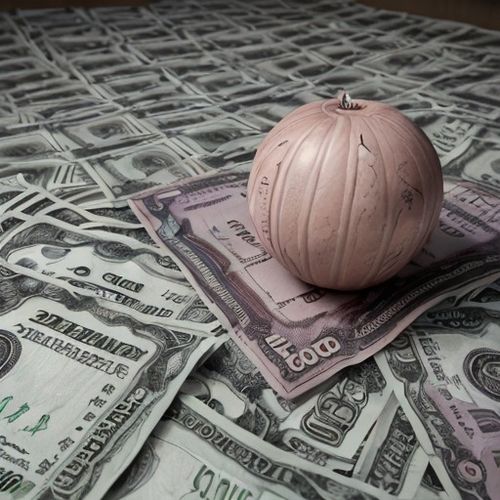
By Ryan Martin/Apr 7, 2025
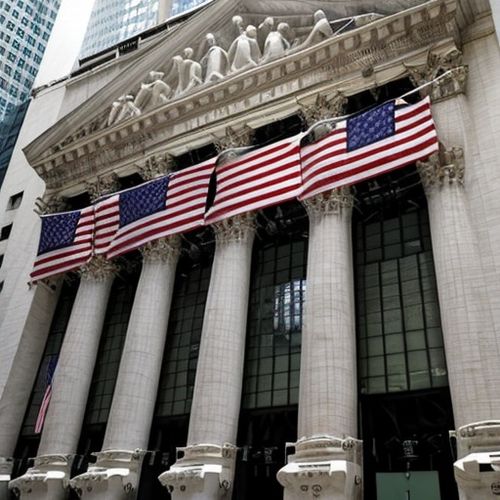
By Ryan Martin/Apr 7, 2025
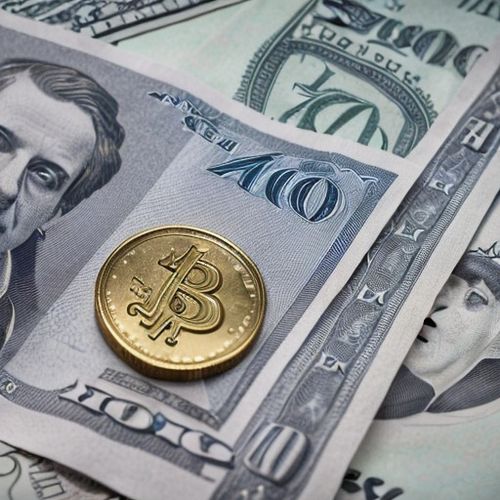
By David Anderson/Apr 7, 2025
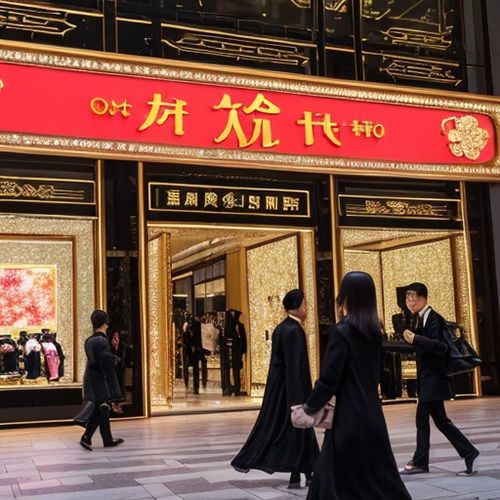
By Olivia Reed/Apr 6, 2025
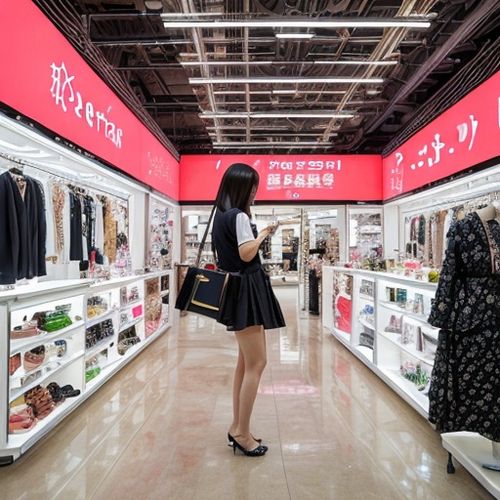
By Daniel Scott/Apr 6, 2025
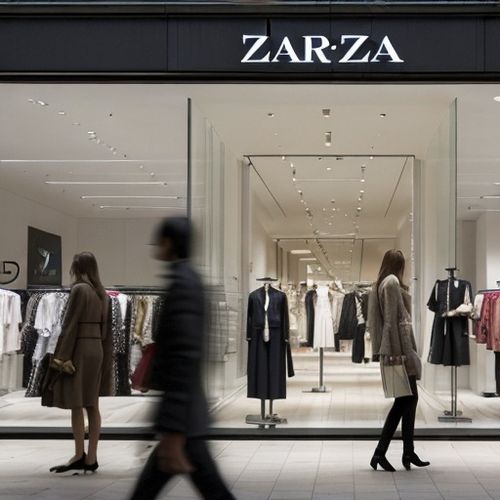
By Victoria Gonzalez/Apr 6, 2025
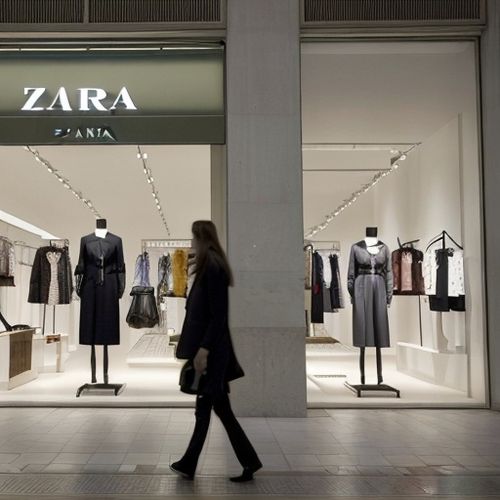
By John Smith/Apr 6, 2025
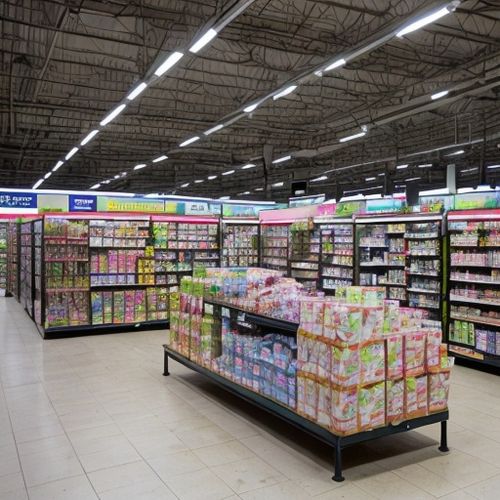
By Elizabeth Taylor/Apr 6, 2025
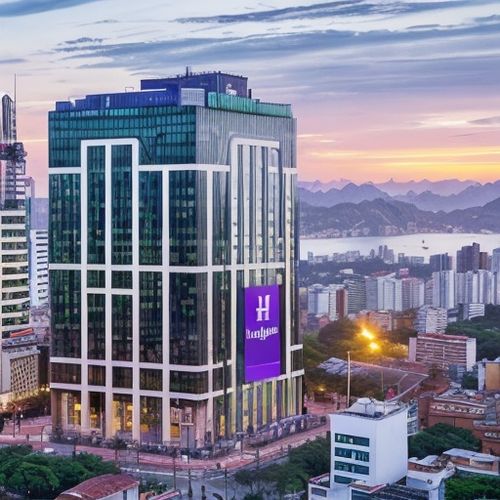
By James Moore/Apr 6, 2025

By Megan Clark/Apr 6, 2025

By Daniel Scott/Apr 6, 2025

By William Miller/Apr 6, 2025

By Samuel Cooper/Apr 6, 2025

By Amanda Phillips/Apr 6, 2025

By Natalie Campbell/Apr 6, 2025

By Noah Bell/Apr 6, 2025

By Elizabeth Taylor/Apr 6, 2025